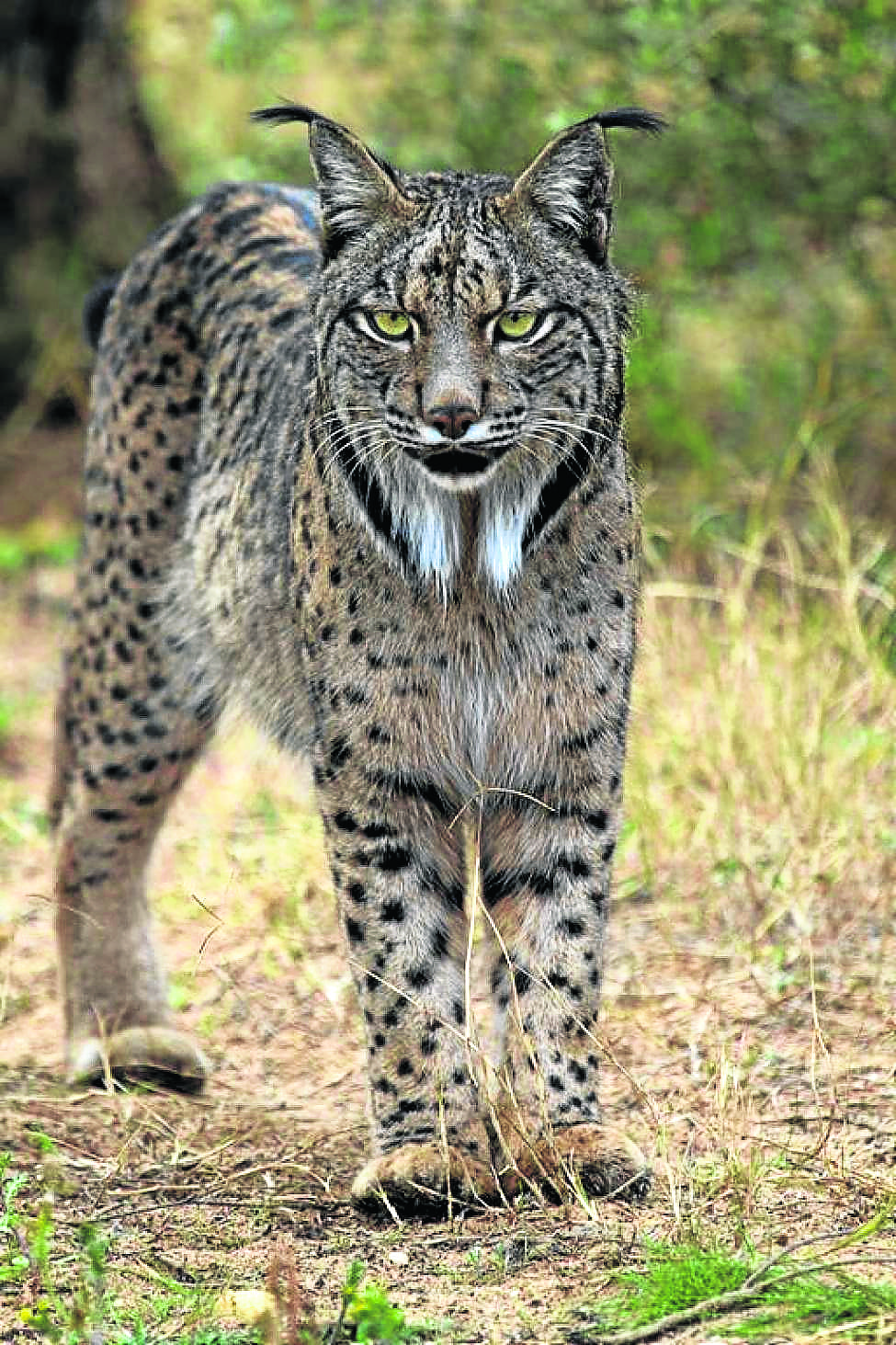GENOMICS and conservation of Spain’s Iberian lynx are the current challenges faced by the new European Life Lynx Connect programme.
Roads, unfavourable habitats or a lack of rabbits make it difficult for consolidated nuclei to join together naturally, which is essential to avoid a loss of genetic diversity that would jeopardise the future of the species.
Two months ago a young male lynx was spotted roaming the streets of a sleepy town in Huelva, astonishing local residents and leading experts to believe that the young wild cat had probably been in search of new territories, but became trapped in the town centre.
The incident highlighted the current challenge regarding the conservation of the Iberian lynx.
The survival of the most endangered wild feline species depends on dispersal between populations to avoid inbreeding and thus, require movement corridors between areas of suitable habitat.
Corridors allow individuals to search for habitats outside of their of natal territory.
However, mortality rates are highest among dispersing lynx, most of which have not reproduced by the time they die.
Mortality is often human induced and includes traffic collisions—163 lynx have been killed between 2002 and 2019 on Spainish roads—illegal poaching, being caught in traps and forest fires.
The connection of the current nuclei is vital, according to experts.
The Andujar corridor, which runs through the Sierra Morena and links the Andalucian areas of Andujar-Cardeña, Guarrizas and Guadalmellato, and the Castilla-La Mancha nucleus of the eastern Sierra Morena is the only one that guarantees the connectivity between lynx populations at present.
However, the other principal Andalucian nuclei, Doñana-Aljarafe, has been isolated for decades.
According to Perez de Ayala, head of the lynx programme at the conservation organisation World Wildlife Fun (WWF), the shortage of rabbits is one of the main problems.
“The species can survive with other prey, but the presence of rabbits makes it easier for them to survive and makes the lynx choose one route or another,” he said.
As a long-term goal, over the next 20 years, the aim is that the Iberian Lynx has over 750 breeding females living in connected populations.
This is the challenge faced by the new European Life Lynx Connect programme, which has been allocated €18.7 million over five years and also provides for the creation of two new lynx areas, one in Lorca (Murcia) and the other in Sierra Arana (Granada).
The last census in 2019 showed a total of 855 species, including cubs.
Click here to read more News from The Olive Press.








